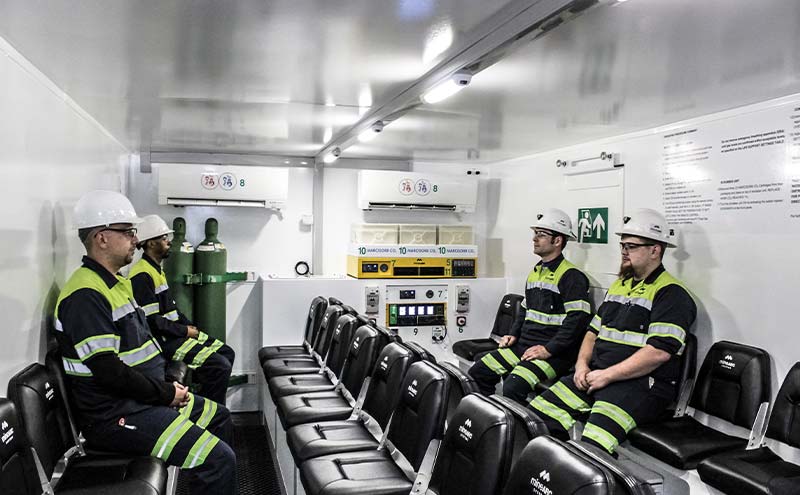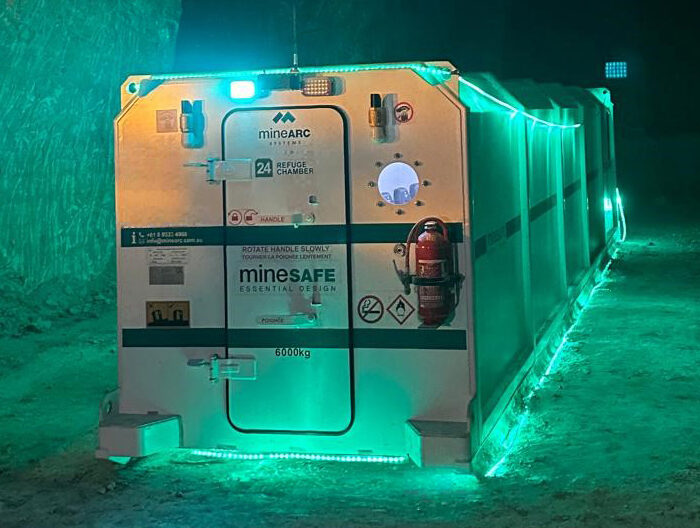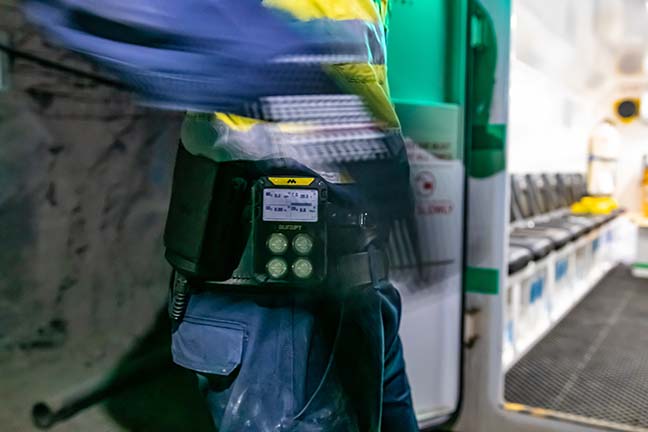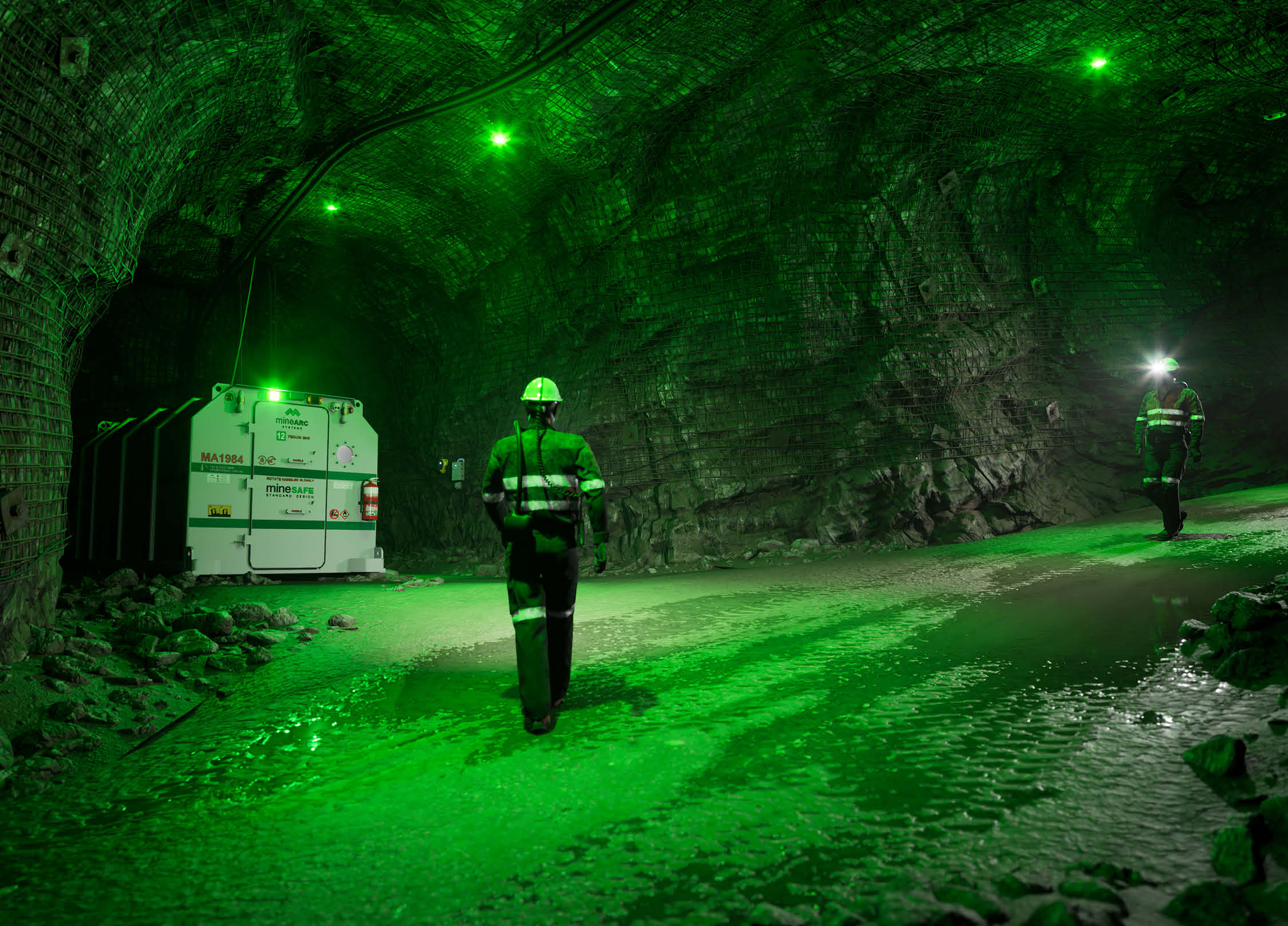What is a Chemical Safe Haven?
A safe haven or refuge chamber is a sealed environment where you can take shelter during a hazardous event when evacuation is not possible.
These shelters help protect personnel in disasters (fires, explosions, and gas releases) and minimise the risk to and enhance the effectiveness of emergency responders.
You may have heard about safe havens under a different name, as there are many different terminologies used across varying regions and industries, including:
- Shelter-in-Place (SIP)
- Safe Haven
- Protect-in-Place (PIP)
- Refuge Chamber
- Safe Refuge
- Refuge Alternative
At MineARC we refer to sealed, petrochemical controlled environments as Safe Havens.
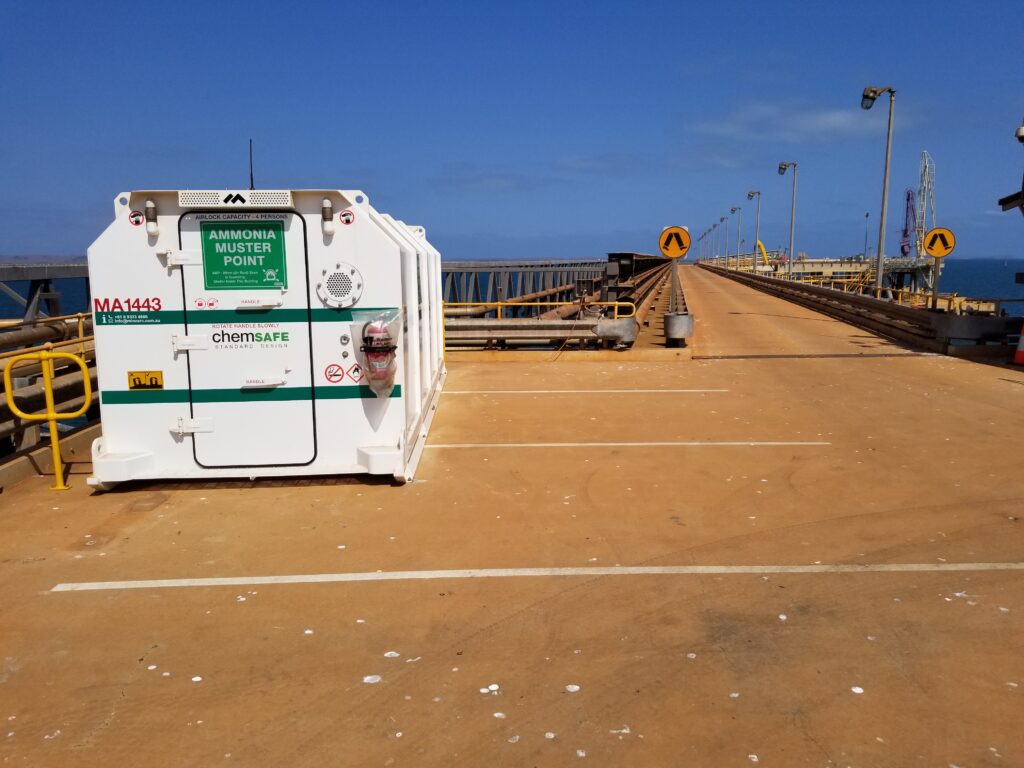
Safe Haven Design Requirements
To be classified as a safe haven, a refuge must:
- Be a sealed, enclosed environment with 0% air changes per hour (ACH)
- Provide a source of clean, breathable air by removing carbon monoxide and carbon dioxide from the internal atmosphere and adding in medical grade oxygen
- Control the internal environment through heating and cooling
- Have a backup supply of power to support the internal systems if mains power is lost
Petrochemical Safe Havens can be portable, modular, or developed in new or existing buildings. They are purposefully designed for specific hazards at each petrochemical site.



